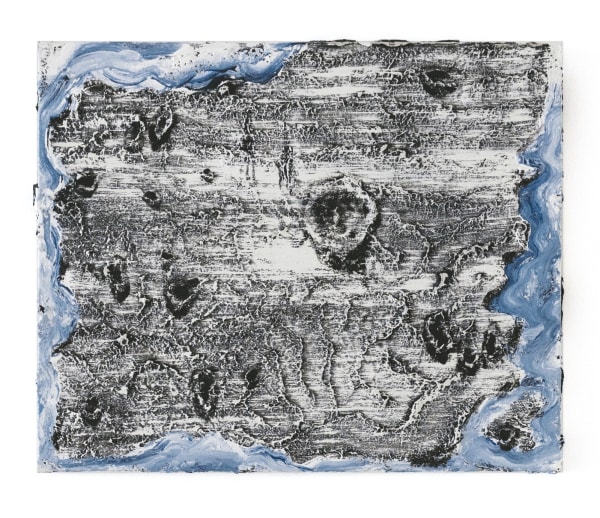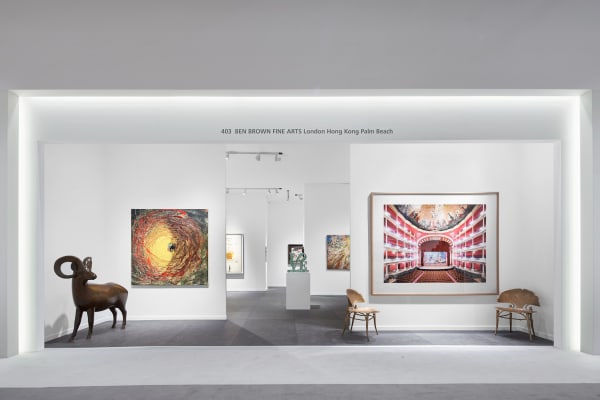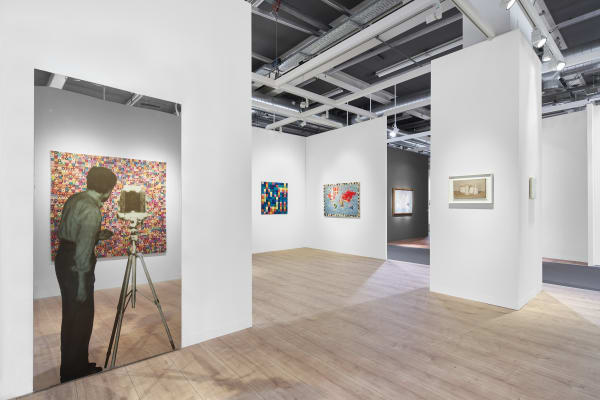Willem de Kooning attended Rotterdam Academy of Fine Arts, training in Fine and Commercial Arts. In 1998, the Academy was renamed Willem de Kooning in his honour. The artist moved to the United States in 1926, where he would stay until his death in 1997. De Kooning worked in the mural division of the Works Project Administration (WPA) during the Great Depression. This moment in time is of great importance as his work with the WPA inspired him to become a full-time painter. He was part of the first-generation New York School painters. Other artists that were part of this group were Jackson Pollock, Barnett Newman, Mark Rothko and so forth. Notoriously known for rejecting the accepted stylistic norms of the time, like Cubism and Surrealism. Instead creating new artistic rules that would be labelled as Action Paintings and Abstract Expressionist works. Nevertheless, during de Kooning's career, he moved between figuration and abstraction through various artistic mediums like painting, drawing, print media, and sculpture. De Kooning was awarded the Presidential Medal of Freedom in 1964 and represented the United States at the 25th Biennale di Venezia in 1950. De Kooning's work is represented in many prominent collections around the world, including the Albright-Knox Art Gallery Collection in Buffalo, Cleveland Museum of Art in Cleveland, Guggenheim Museum Bilbao in Bilbao, Kunstmuseum Liechtenstein in Vaduz, Museum of Contemporary Art in Chicago, Los Angeles, Tokyo, National Gallery of Art in Washington and amongst others.
-

Frieze Masters
13 - 16 Oct 2022Ben Brown Fine Arts is excited to return to Frieze Masters (Booth B13), this year with a curated selection of masterworks from some of the...Read more -

TEFAF Maastricht
25 - 30 Jun 2022Ben Brown Fine Arts is delighted to return to TEFAF Maastricht (Stand 403), from June 25-30, 2022. Our selection includes rare and iconic pieces by...Read more -

Art Basel
16 - 19 Jun 2022Ben Brown Fine Arts is delighted to return to Art Basel (Booth E04) with a carefully curated selection of historic and contemporary works by Frank...Read more

